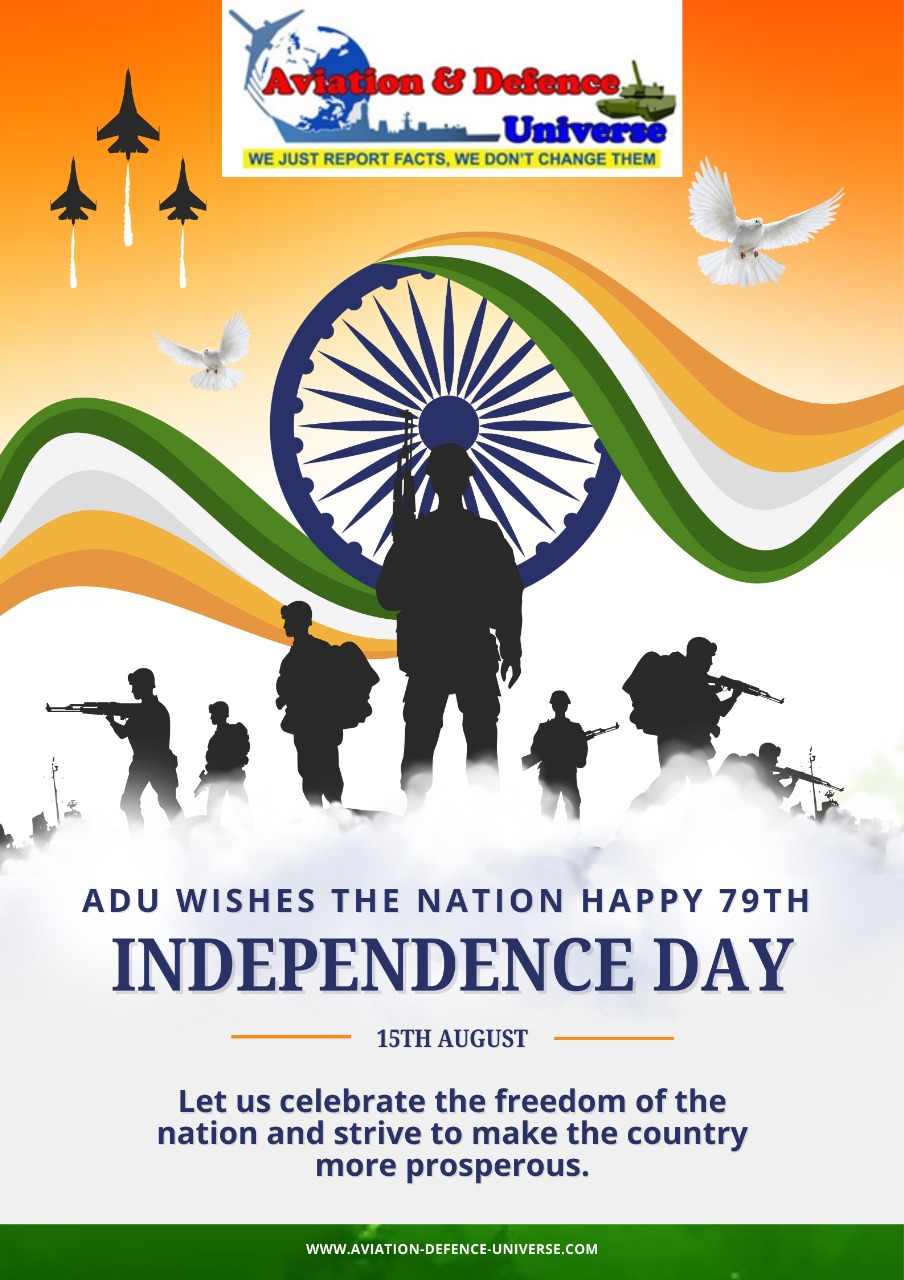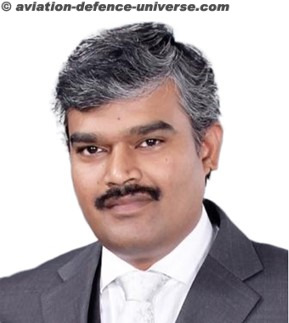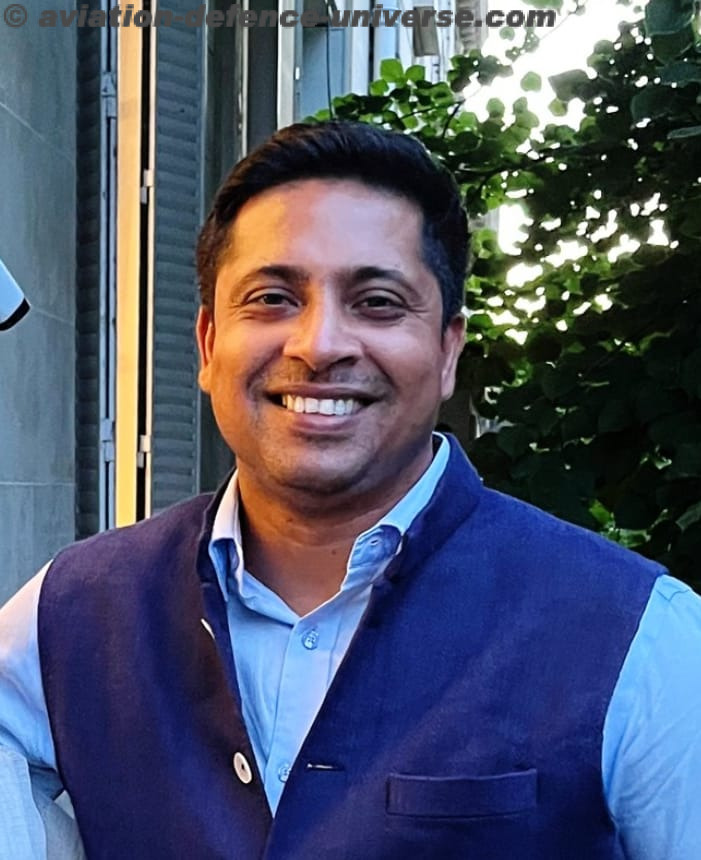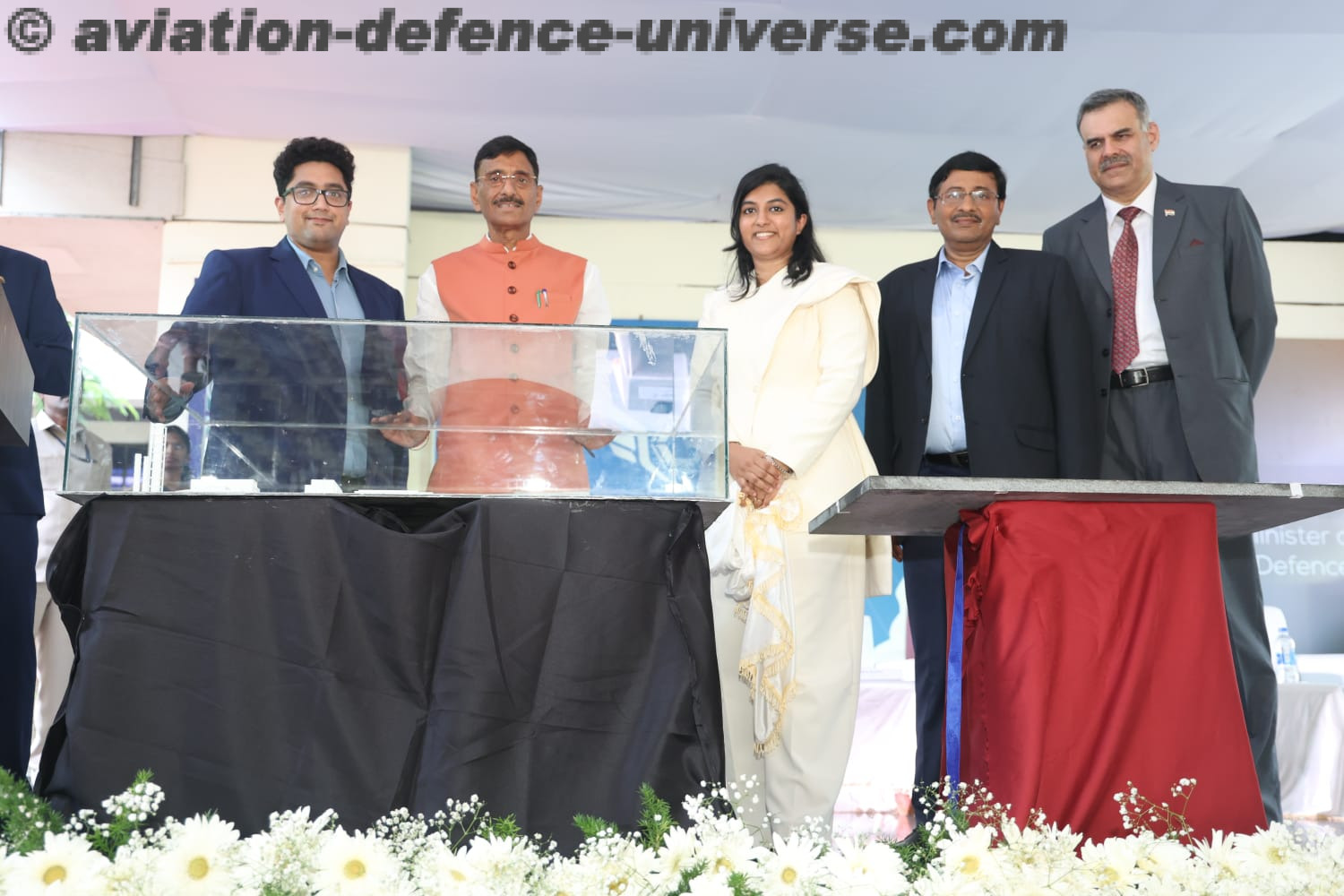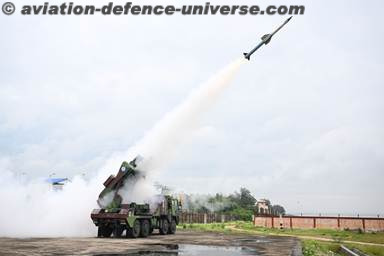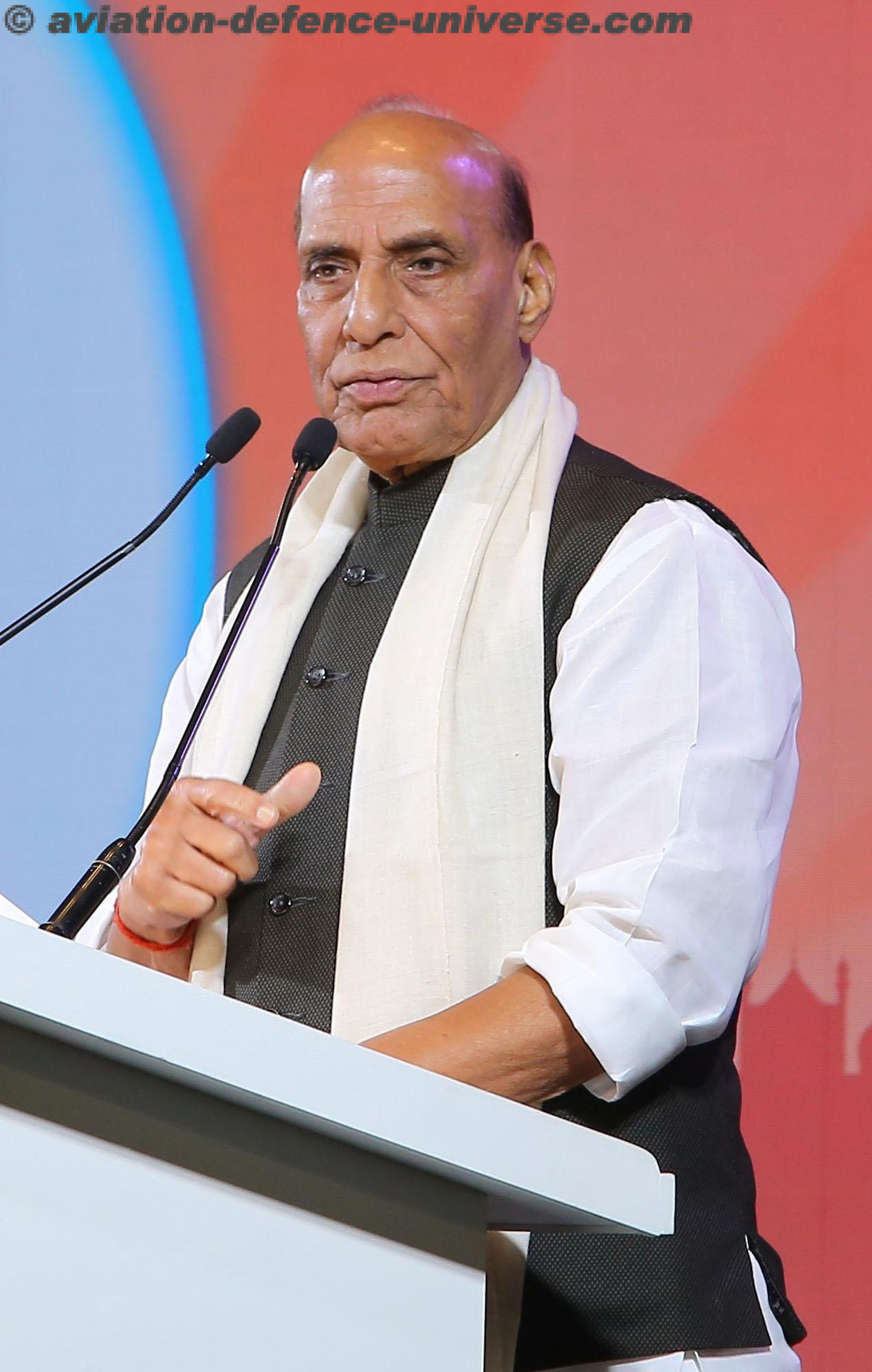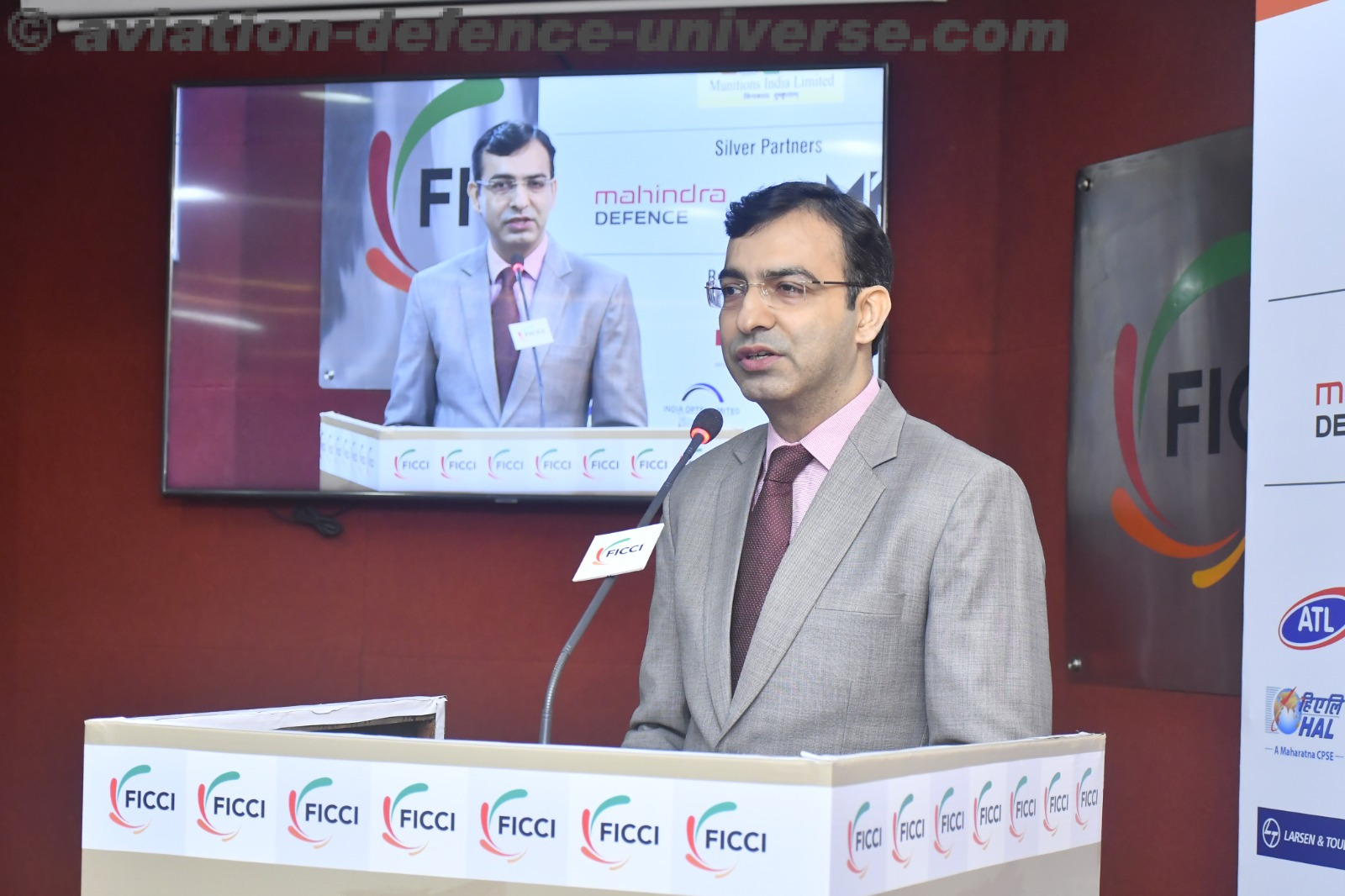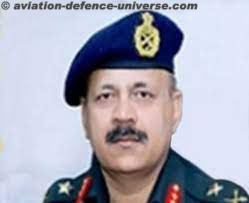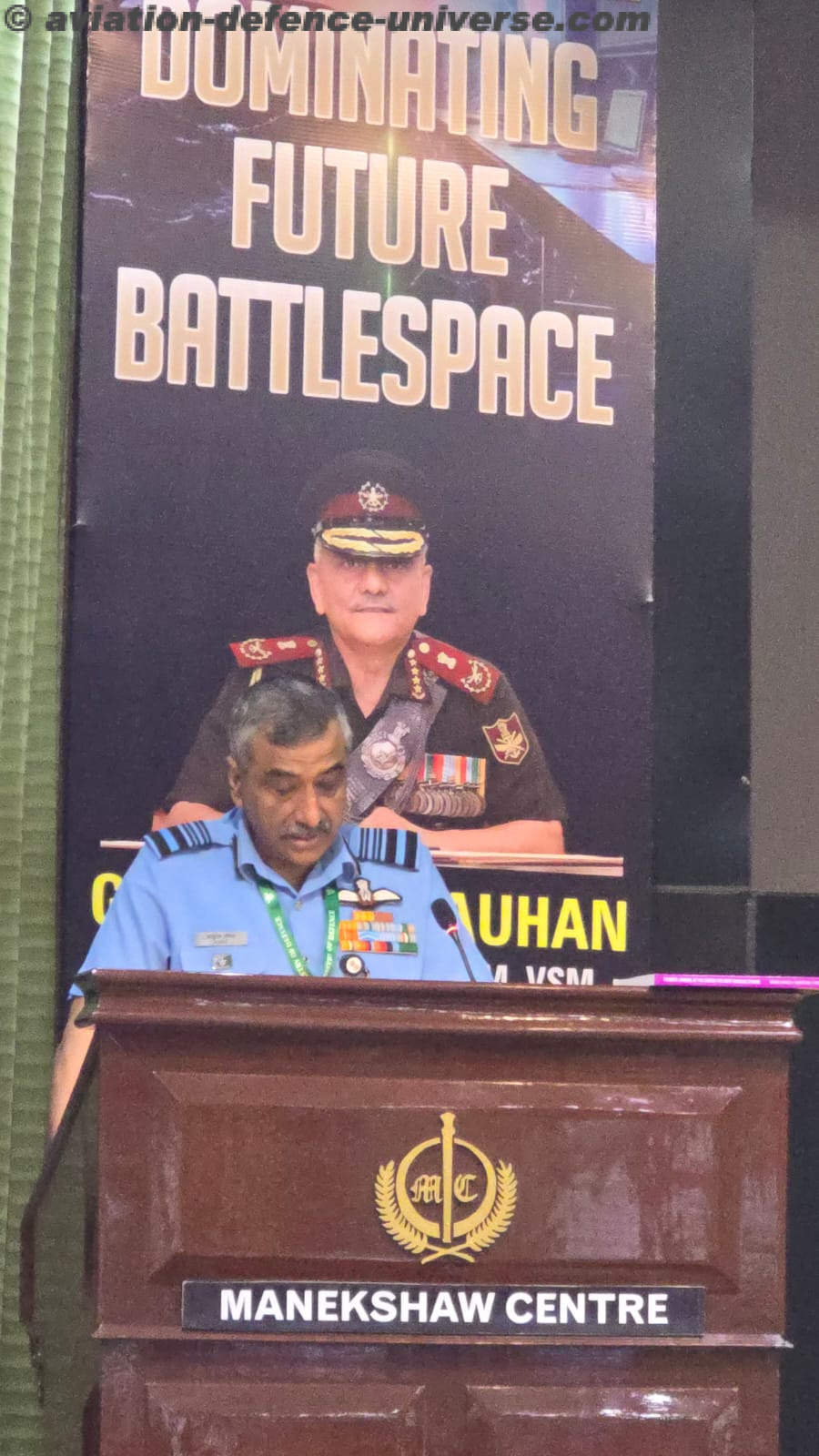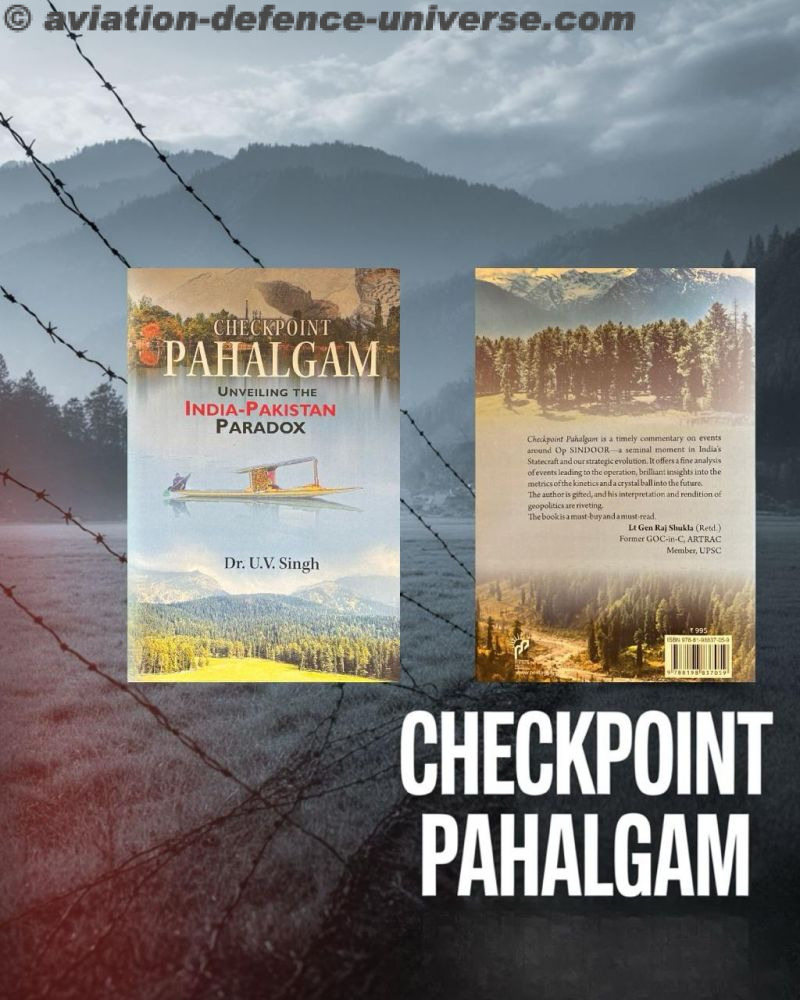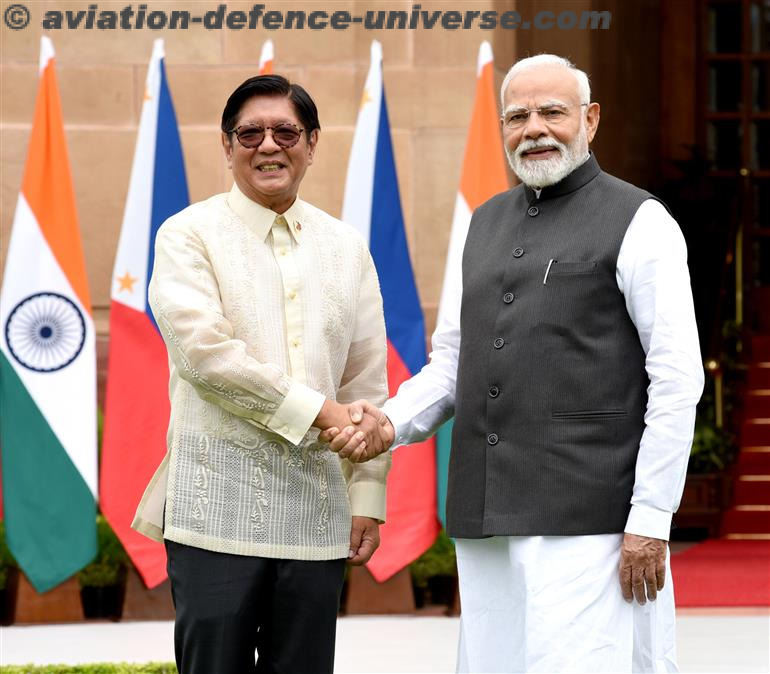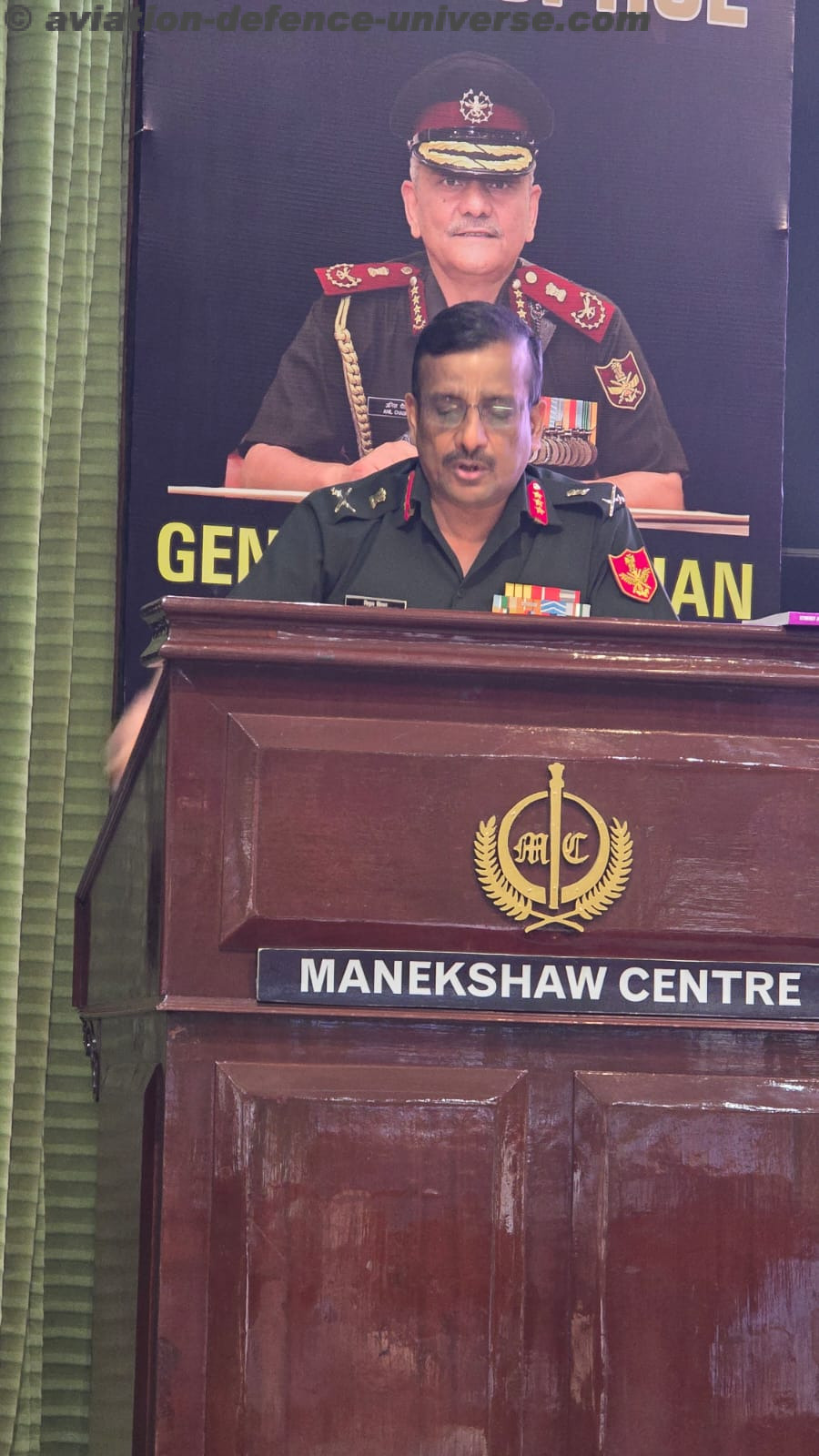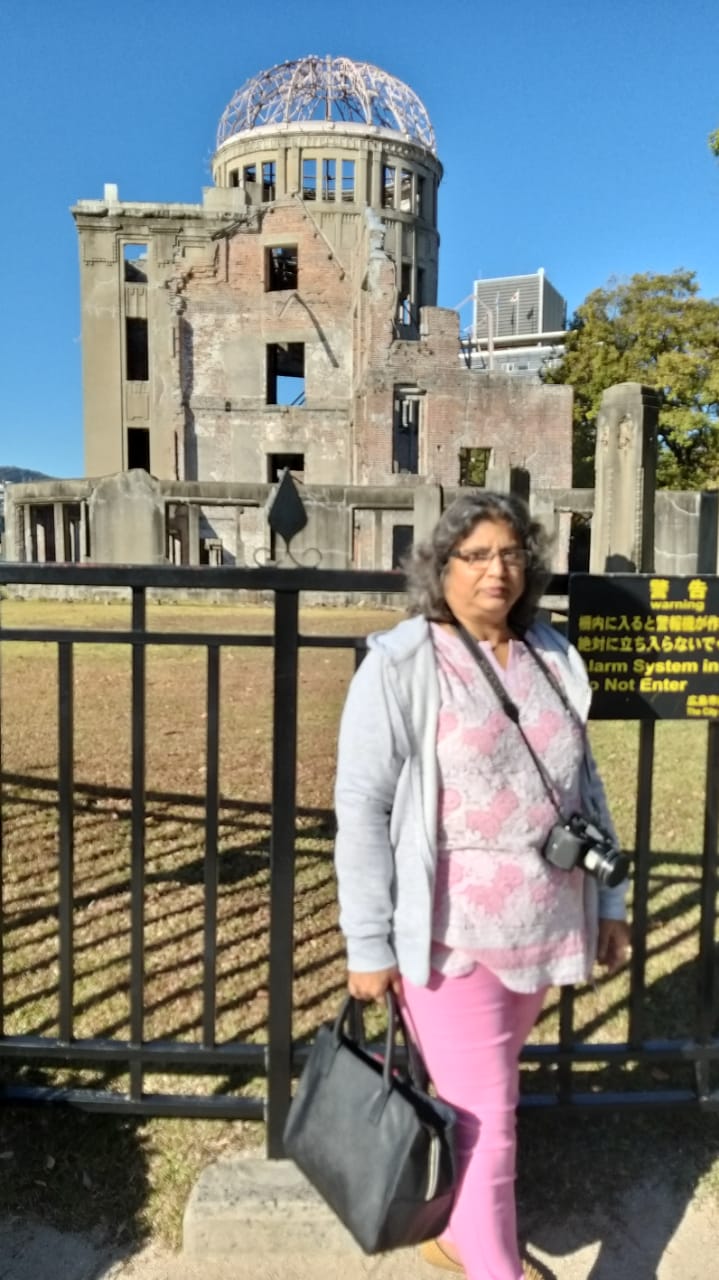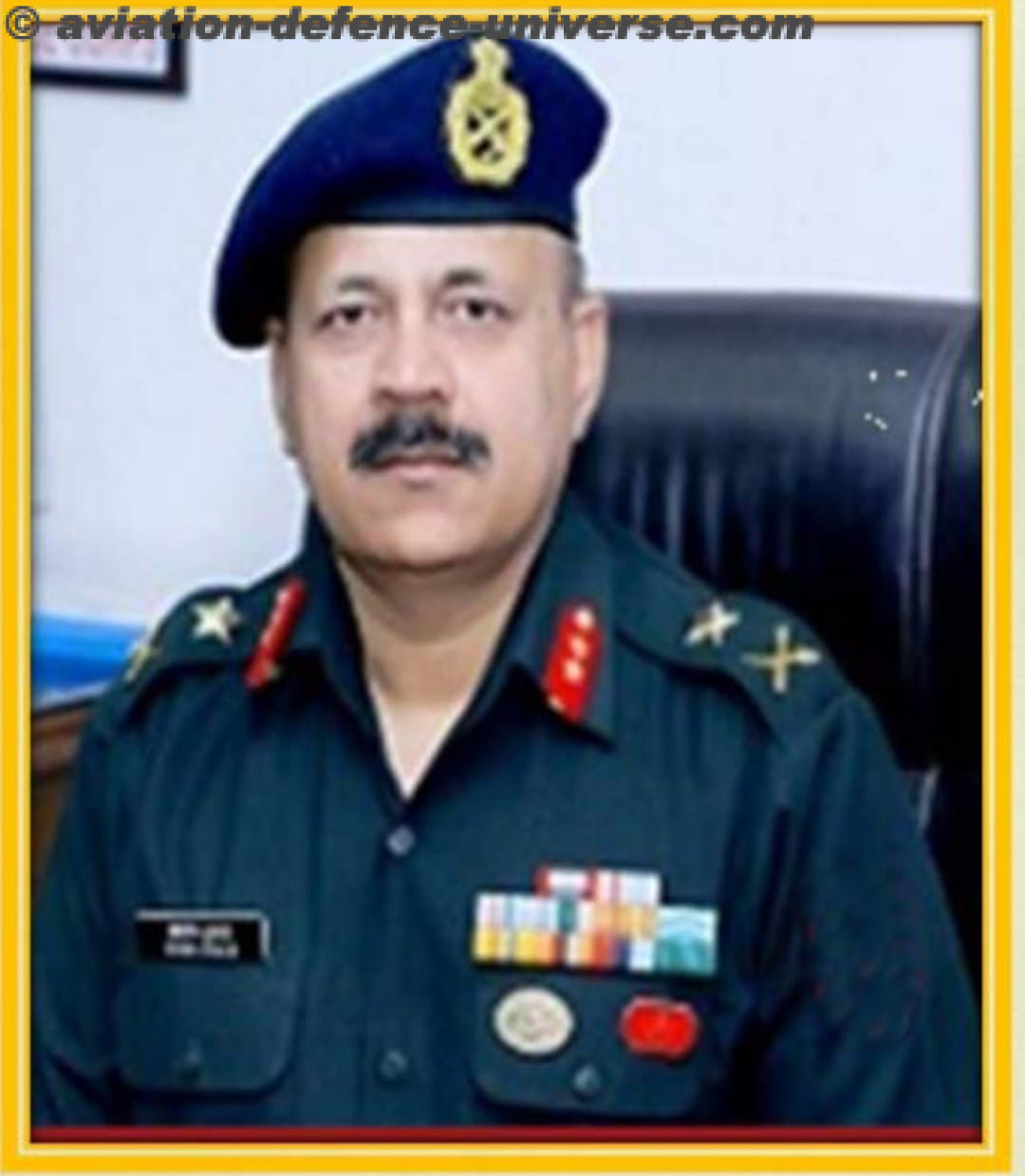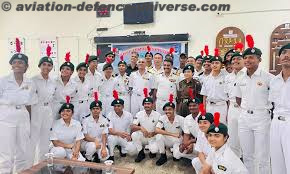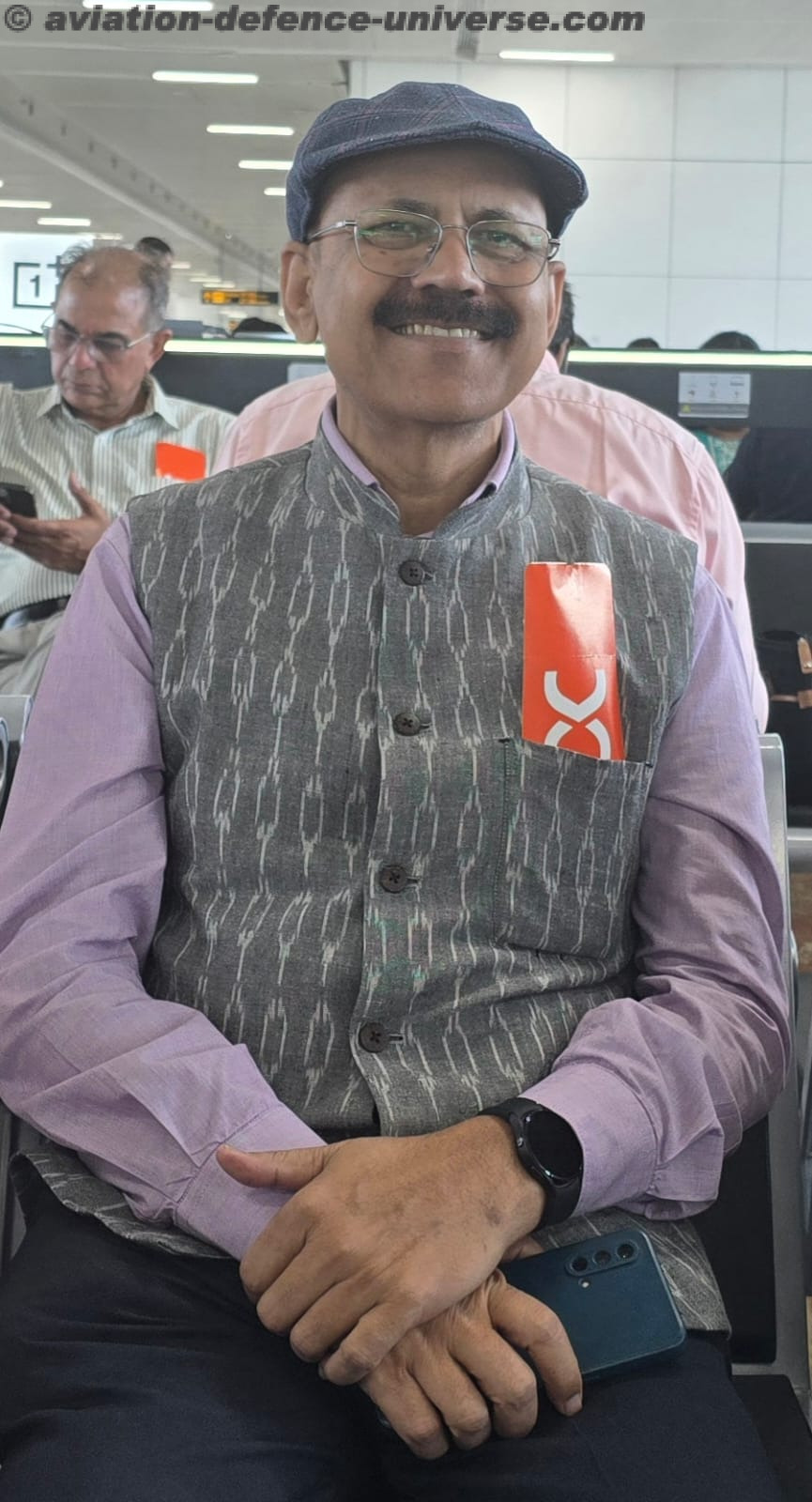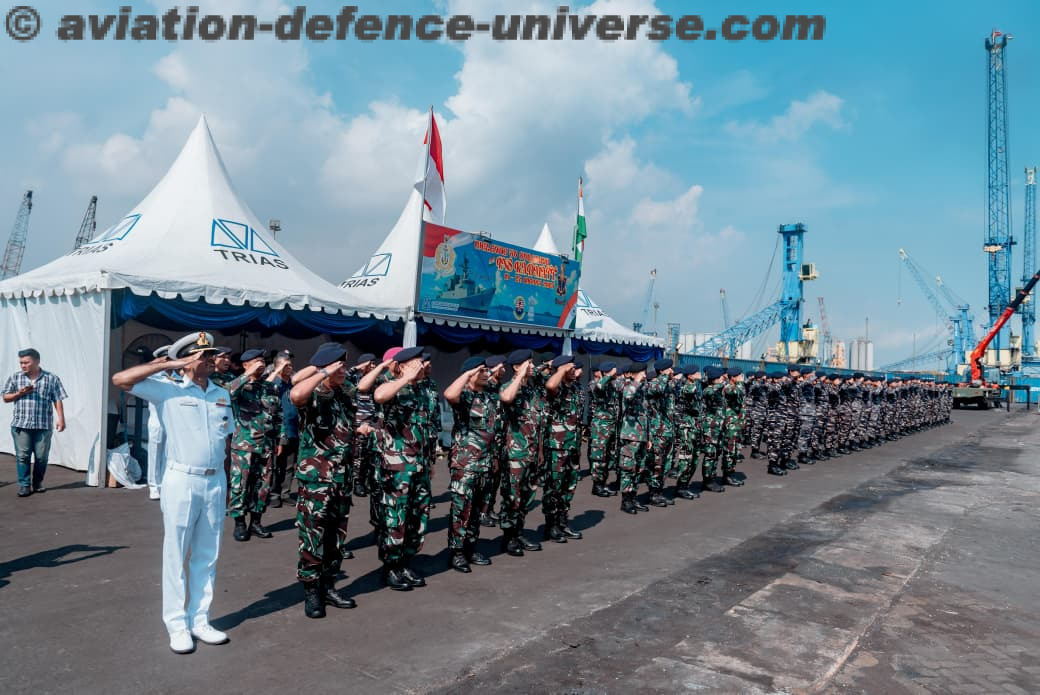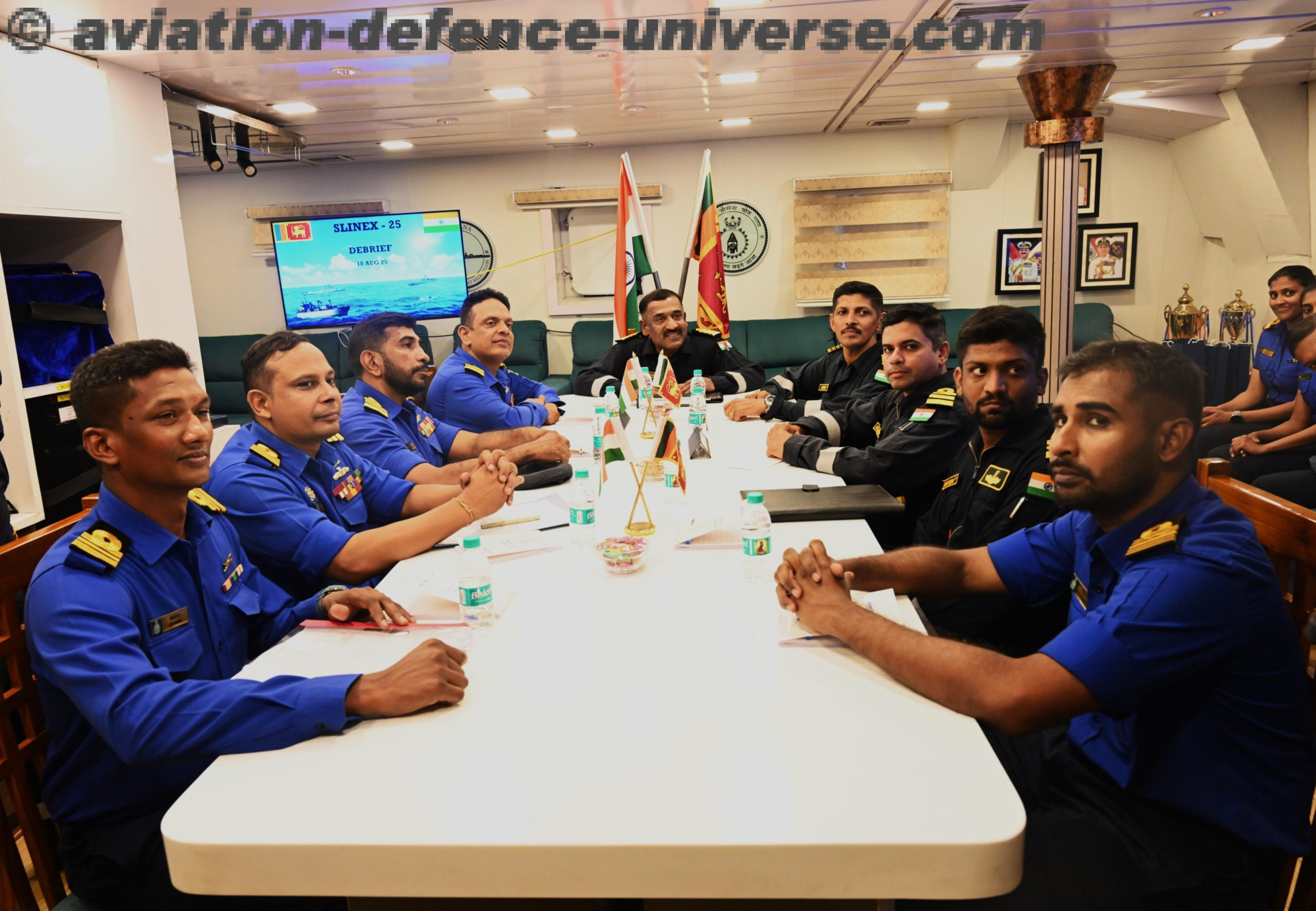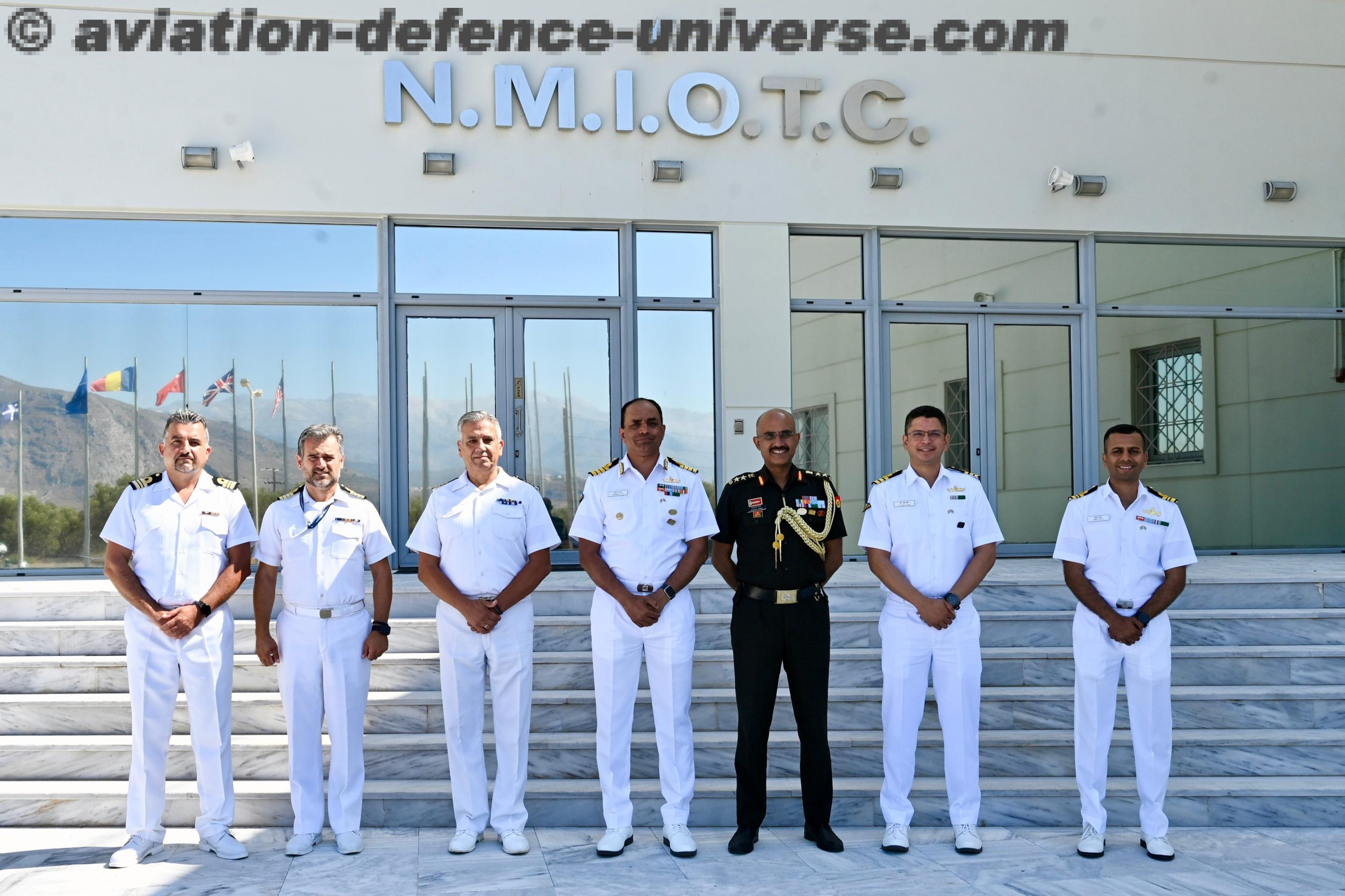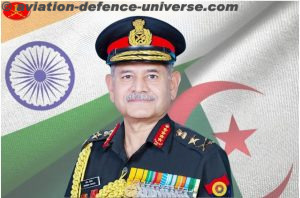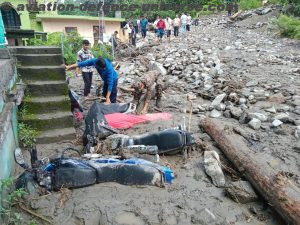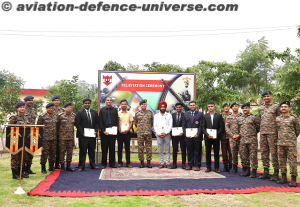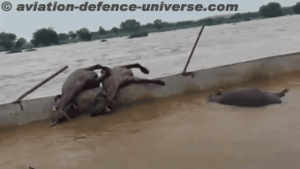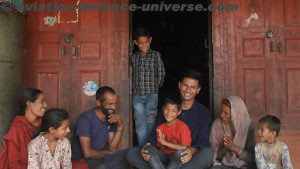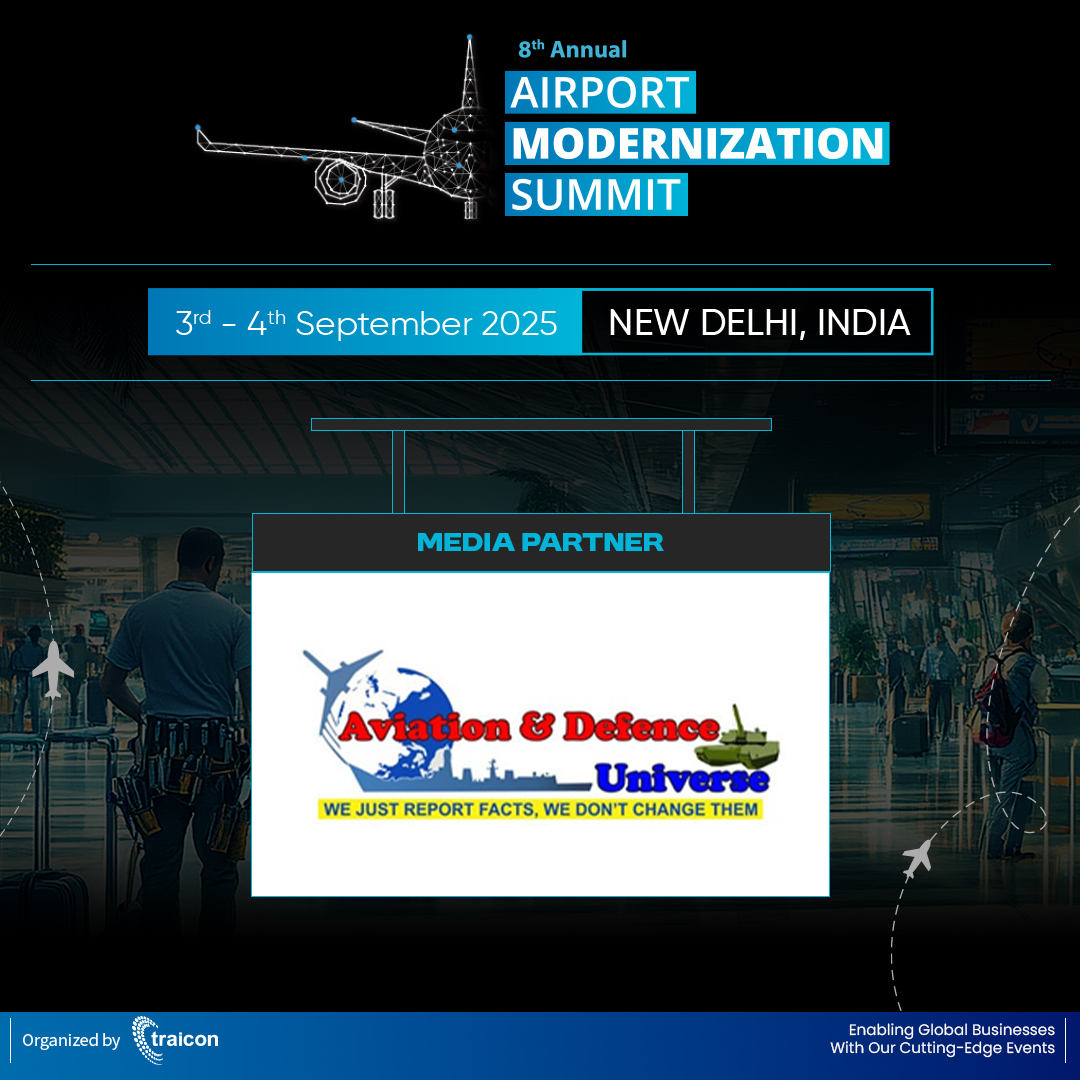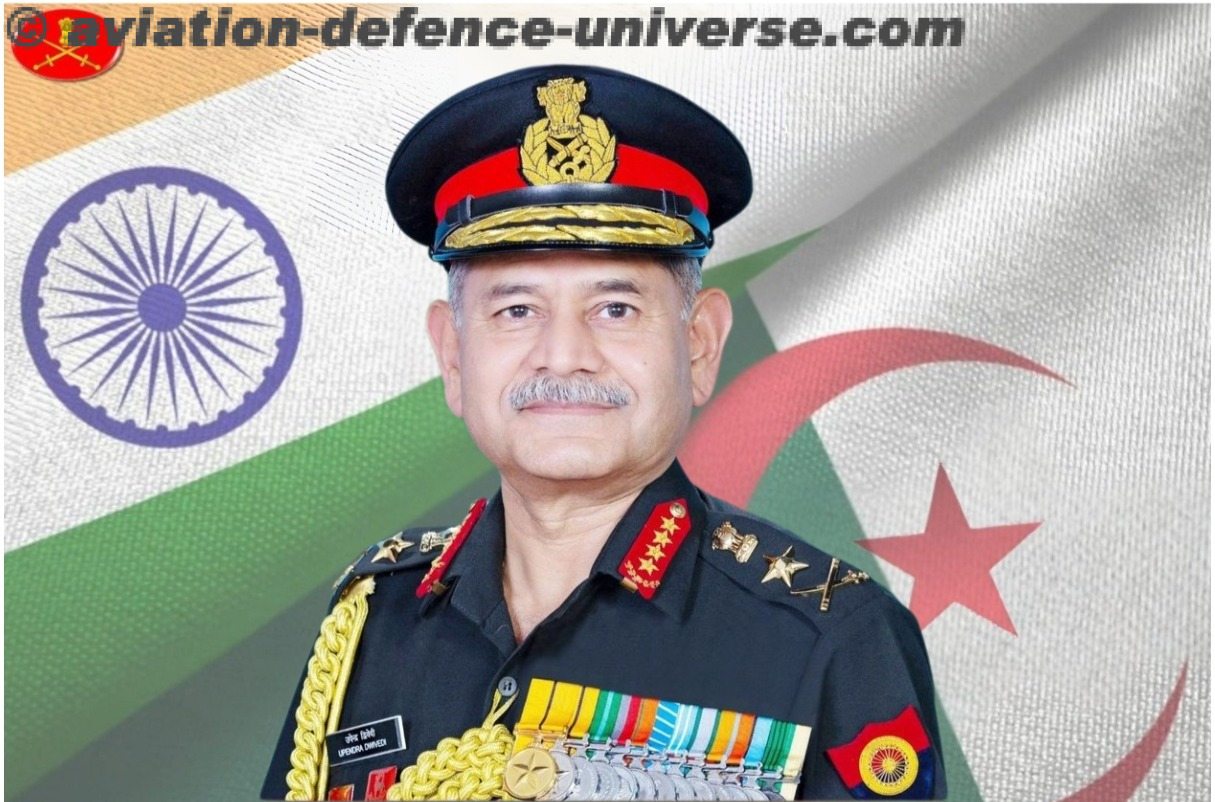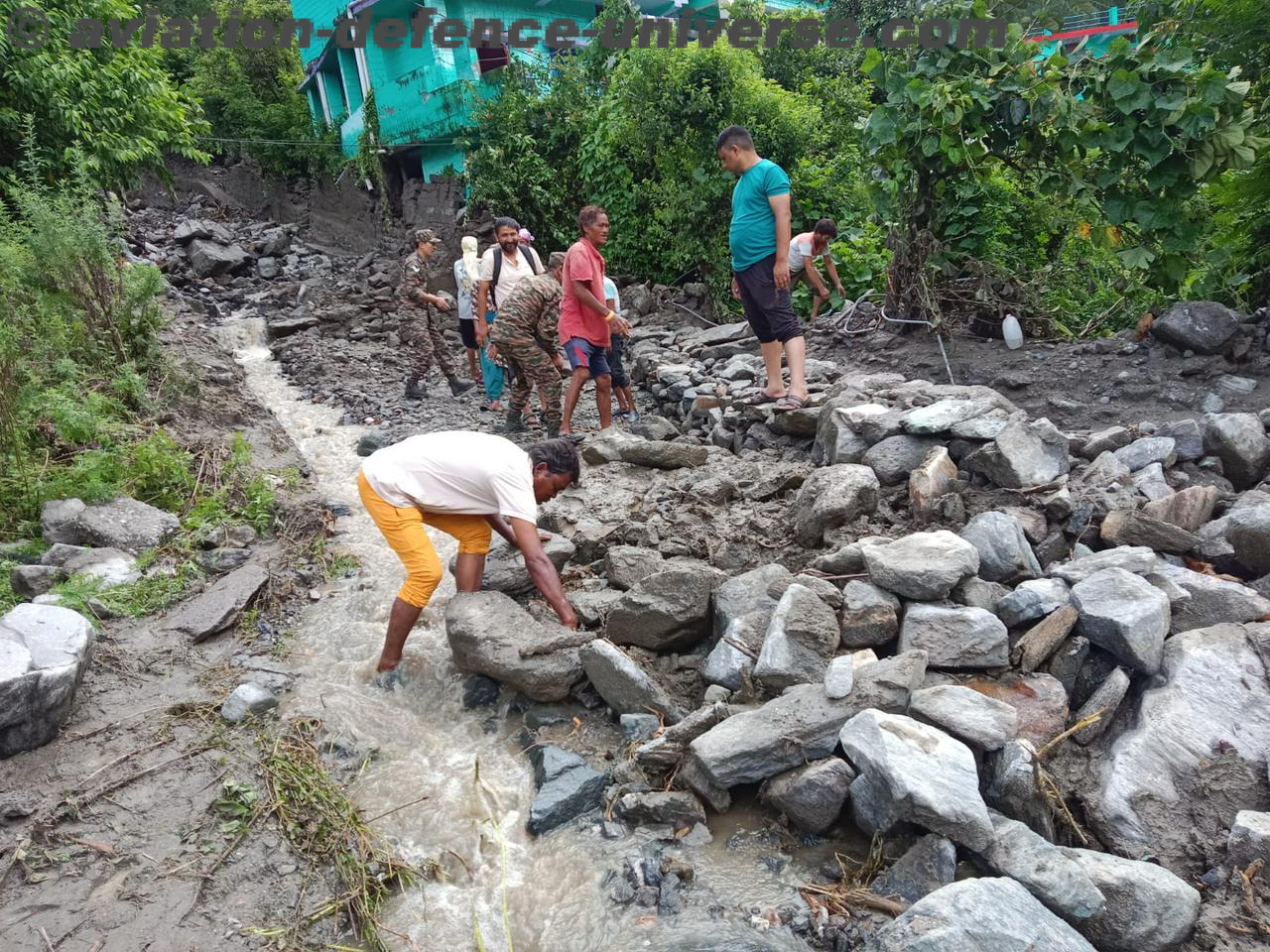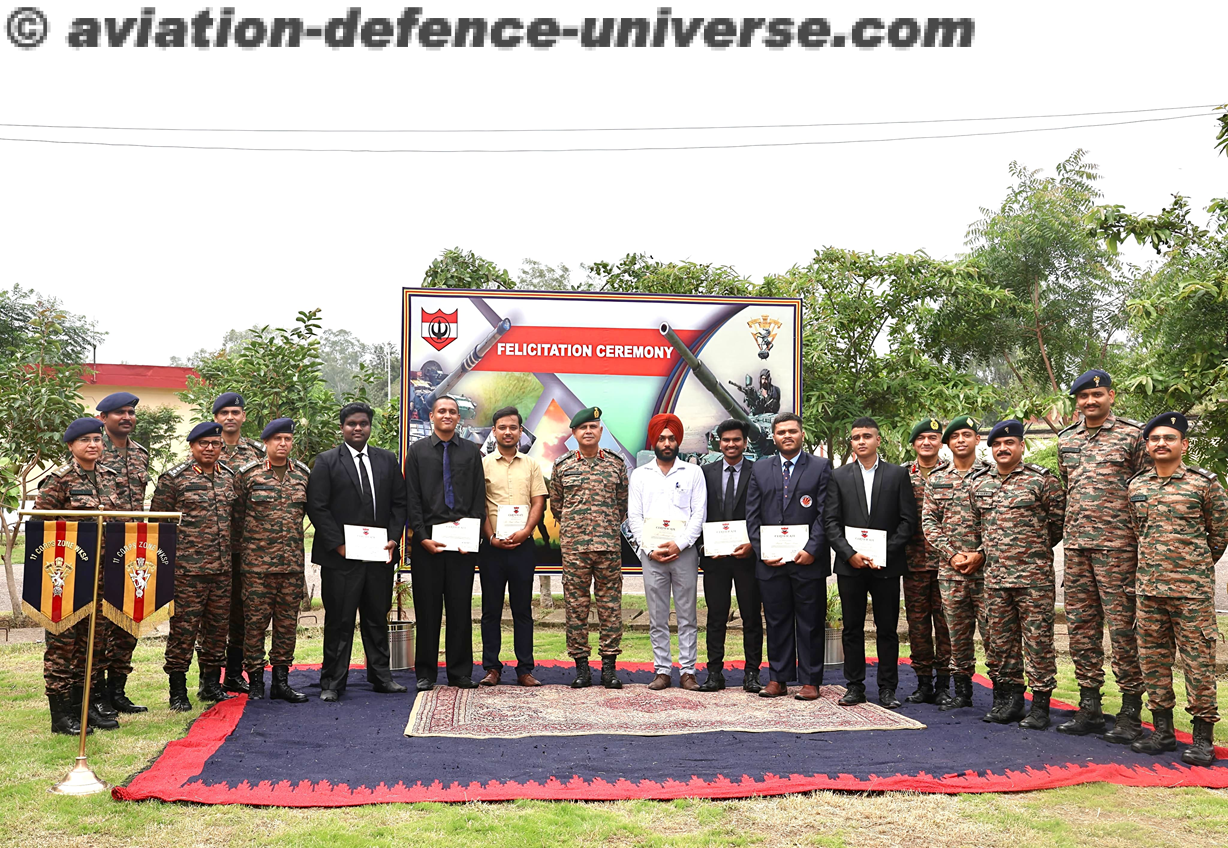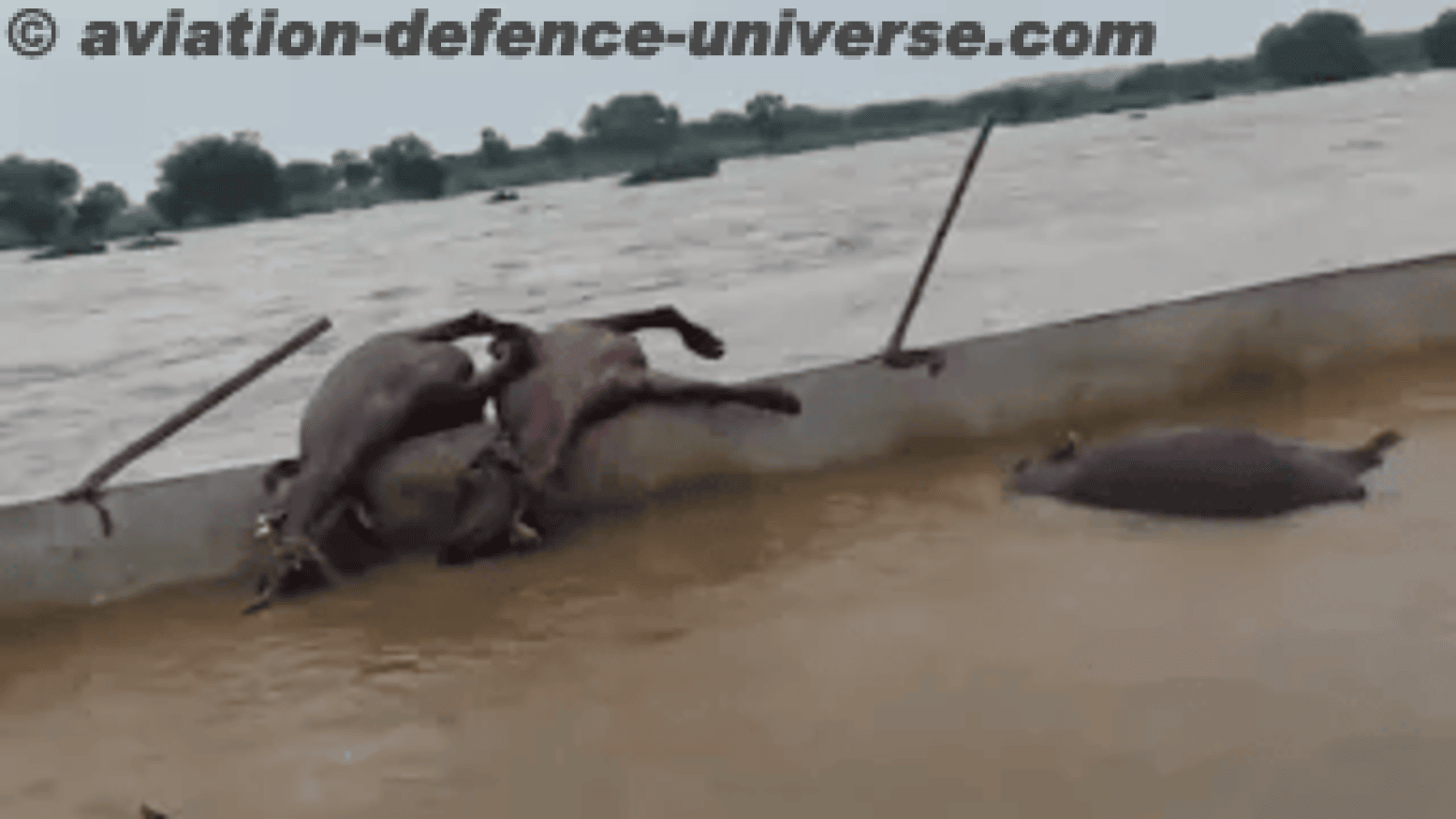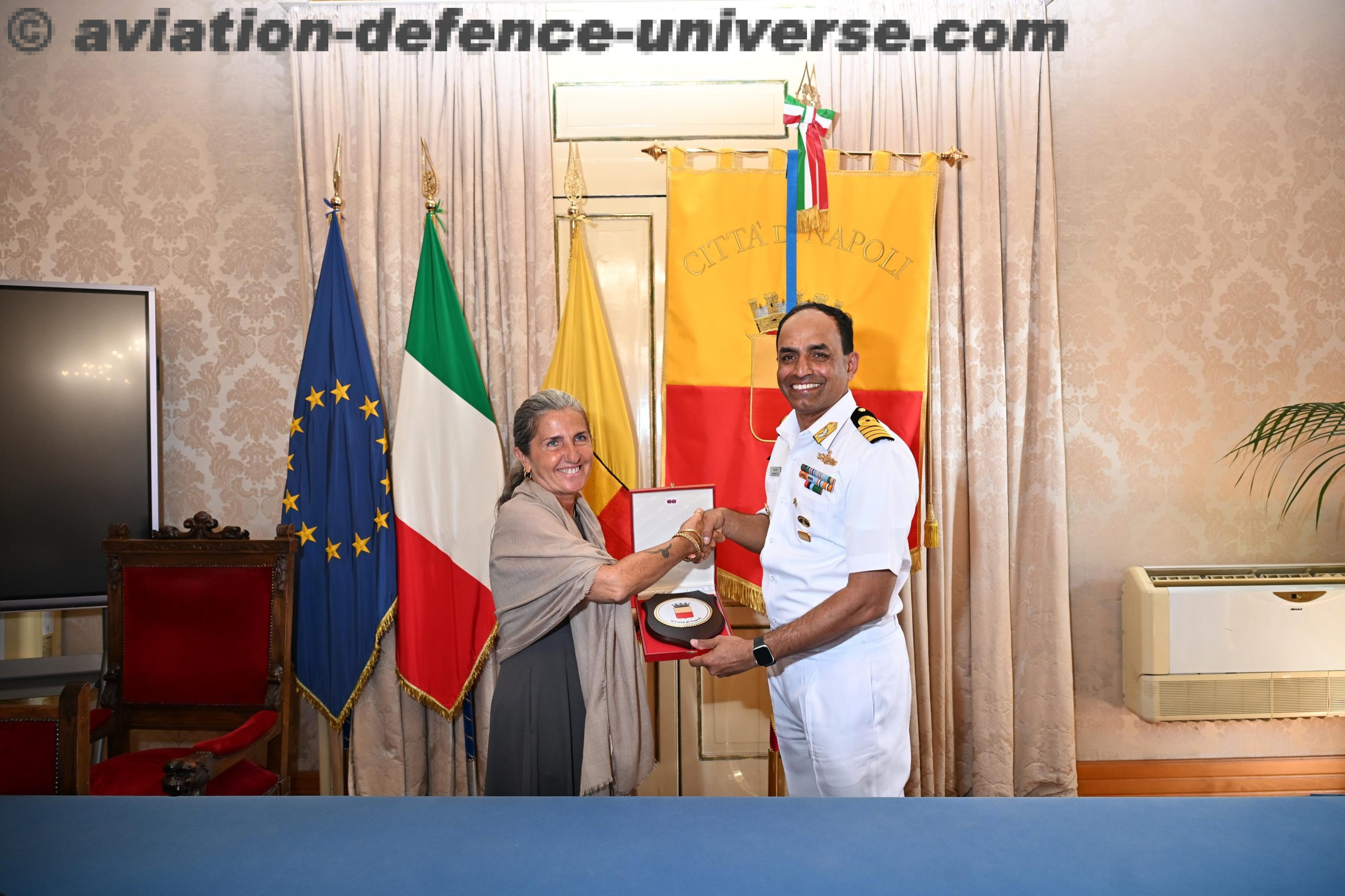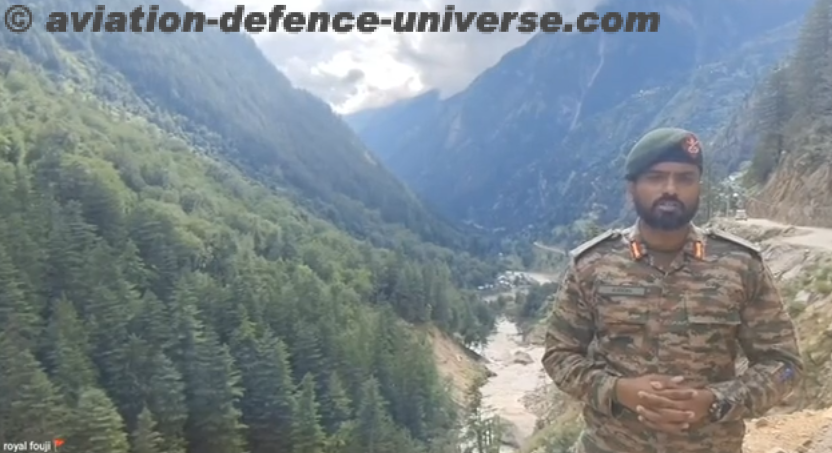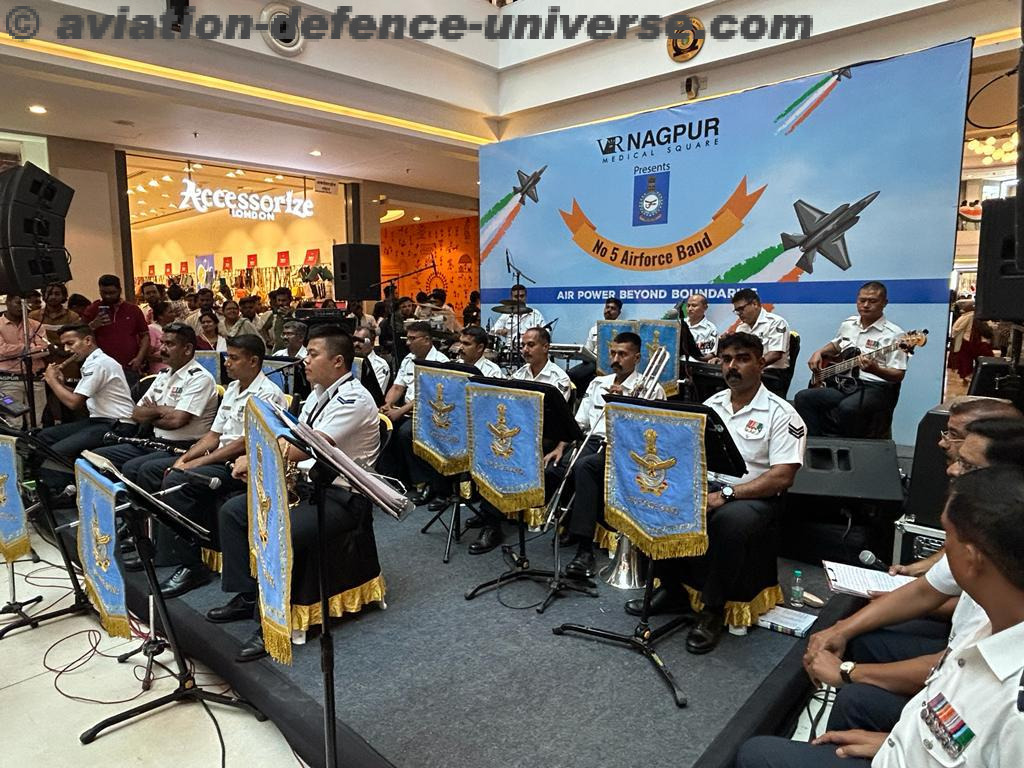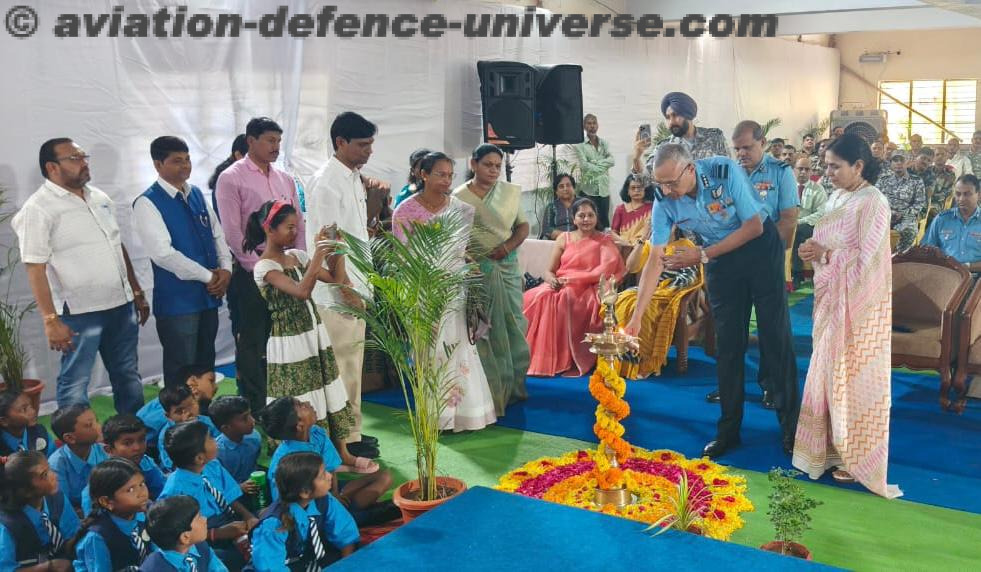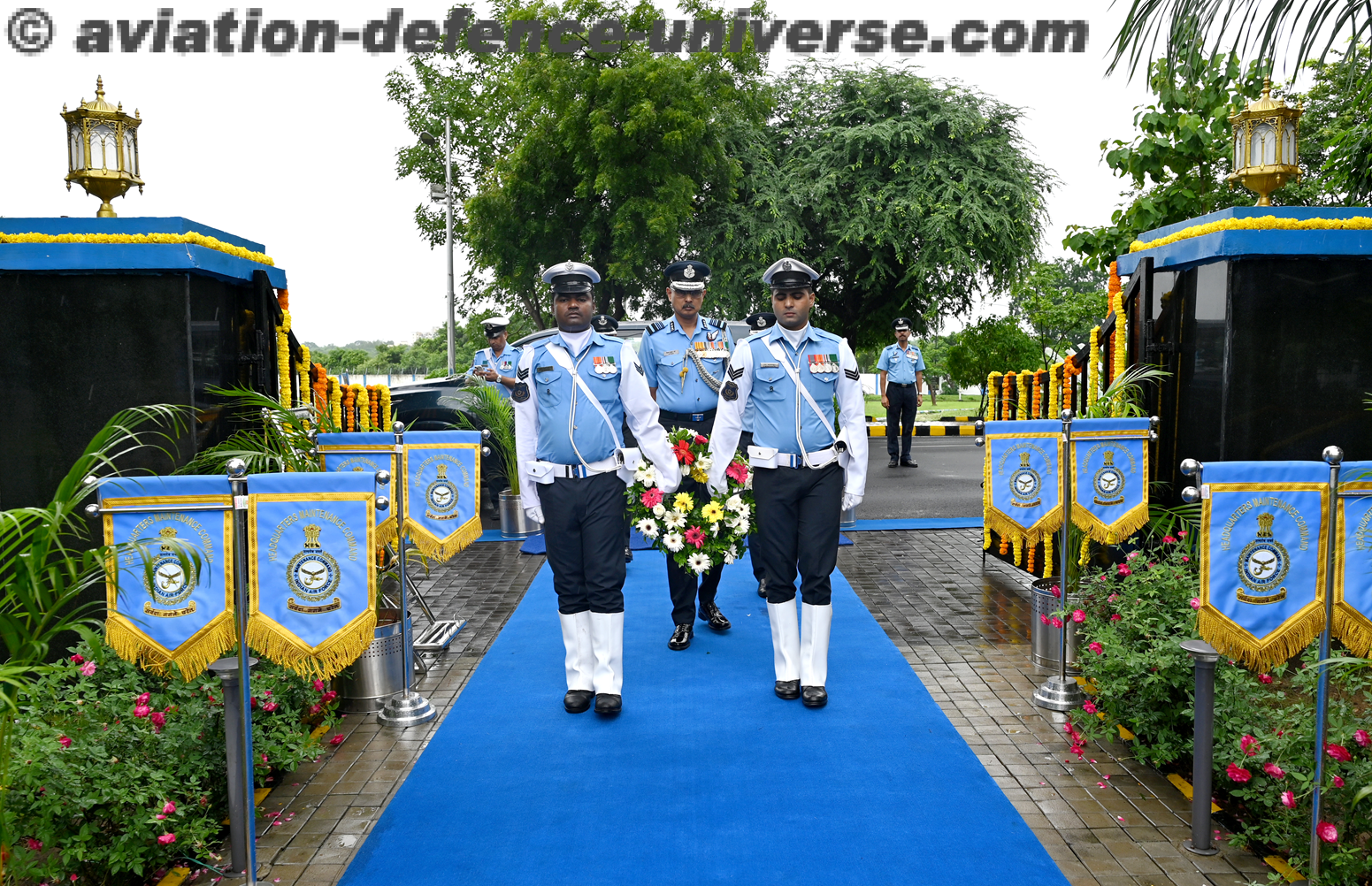The Crouching ‘Snow Leopards’ who are ever ready to defend and protect India.
The Ladakh Scouts, considered the world’s best soldiers in mountain warfare, have been serving the nation for 80 years in the most inhospitable conditions with unabated zeal, dedication and bravery. It is guarding and strengthening the borders, of about 97,000 square kilometres. The Scouts not only serve the nation in war but also in peacetime. They help with the economic development of the people of Ladakh. They loom large like the Himalayas ever watchful, listening for the first sign of danger on its motherland ready to pounce and devour the enemy.
Formation
How Ladakh Scouts became a full-fledged Indian Army Regiment in the year 2001, is the story history books are made up of ! Even though Maharaja Hari Singh had signed the Accession with India in 1947, thousands of tribal raiders along with the Pakistan soldiers were moving swiftly and capturing towns in India. The next town on their path to Srinagar was Leh. The Indian army in Ladakh in comparison to the raiders were only about 50 personnel but lead by the dynamic and legendry, never say die Lieutenant Colonel Prithi Chand.
He took a bold decision to raise and train a team of Ladakhi volunteers to fight along by his side –‘The Nubra Guards’ was born. The Nubra Guards were able to keep the much experienced, better trained and equipped tribals at bay for two months till the Army arrived and beat back the invaders. Among the Ladakhi volunteers was Chewang Rinchen, who was awarded the gallantry award the Mahavir Chakra for his fortitude and bravery. He went on to become one of the greatest soldiers of the Indian Army who crafted many victories for India.
Impressed by the fighting skills of ‘The Nubra Guards’ it was merged as the 7th Battalion of the Jammu and Kashmir Militia and the the 14th Battalion of Jammu and Kashmir Militia was raised in Srinagar in 1959.
Eventually, on June 1, 1963, the 7th and 14th Battalion Jammu and Kashmir Militia merged to form the Ladakh Scouts.
Wars Fought
The year 1962 Ladakh Scout fought the disastrous Sino-India war. Despite losing the war the soldiers fought bravely and won many gallantry awards and medals.
Major Chewang Rinchen wrote history once again in 1971, this time leading the Indian forces to capture 800 square kilometres from Pak occupied Kashmir, the largest area captured with no artillery support or supplies. This included the strategically located village of Turtuk. The highest and last most coveted outpost between India and Pakistan. This is also the gateway to the Siachen Glacier. Major Chewang Rinchen became the youngest recipient of the Maha Vir Chakra and the regiment was awarded the battle honour-Turtuk-1971’ for their exceptional valour.
Consequently, the J& K Militia was converted to Jammu and Kashmir Light Infantry, a full-fledged army regiment. The Ladakh Scouts were reorganized into Head Quarters and two wings – The ‘Indus Wing’ and ‘Karakorum Wing’, from the period of 1982 to 1985.
Operation Meghdoot in 1984, was another feather in the cap of Ladakh Scouts. The operation was at unforgiving altitudes of 20,000 and 18,000 feet and had to be done on foot to avoid the Pakistani radar. Stealthy like the leopard, the Ladakh Scouts captured the Glacier, a tactical victory as Sia la, Blindfold la and Gyong la, mountain passes thus putting India in a position of power as it held the higher ground.
During the Kargil war of 1999, Ladakh Scouts were the first battalions to be deployed for Operation Vijay- the task to clear the Kargil sector of Pakistani infiltrators. The battalions of Ladhak Scouts fought bravely and took over all the strategic points the in the Batalik –Yaldor –Chorbatla Sector. This was their moment of glory and the unit won a host of gallantry awards, Major Sonam Wangchuk was conferred the Maha Vir Chakra. The Ladakh Scouts were awarded ‘a special ‘unit citation’, only one such award ever given to a unit.
Recognizing their tremendous heroics and potential, the Indian Army converted the Ladakh Scouts into a full- fledged Infantry regiment of 4000 soldiers. It now has 5 batallions deployed in Ladakh and one in Chandimandir and Head Quarters in Leh, Ladakh.
The President’s Colours were bestowed on the Ladakh Scouts Regimental Centre and all five battalions of the regiment by Indian President Ram Nath Kovid on August 21, 2017. This honour he stated was an acknowledgment of the “indomitable courage “and “exceptional gallantry” displayed by the brave Nunnus, during all the wars since independence. He also complimented their “outstanding performance in all spheres and exceptional valour and sacrifice while upholding the dignity of the nation especially Siachen Glacier”.
Awards and Honours
Most of the elite soldiers of this regiment fondly called ‘The Snow Warriors’’ are from the Ladakhi and Tibetan ethnic communities as they are able to withstand the arctic like condition and arid landscape. Being acclimatized to the climate their larger than normal lung size give them the capability to fight at altitudes of 20,000 feet. This is the place where it is not possible for a normal human to even breathe, let alone walk.
As Ladakh shares borders with both Pakistan and China they have fought all of India’s wars and have been deployed in all its operations. With the battle cry ‘Ki Ki So So Lhargyalo!’ (Thank you, God) they defend the country and vanquish the enemy, sending chills down the enemy’s spines. Its soldiers have been honoured and decorated with 605 awards medals and citations, 300 gallantry awards, one Ashoka Chakra, 10 Mahavir Chakra and 2 Kirti Chakra, military honours and medals as of date becoming the most decorated unit of the Indian Army, in its short history of only 80 years.
Image Source: wikipedia.org


